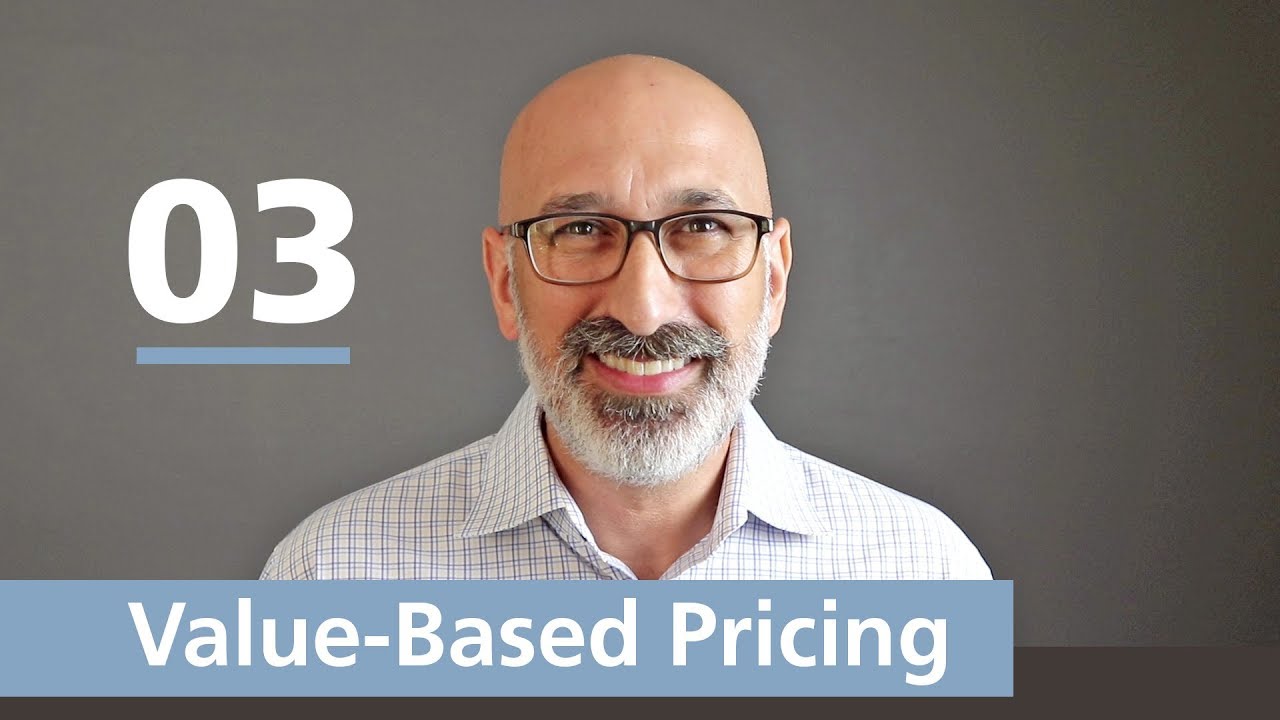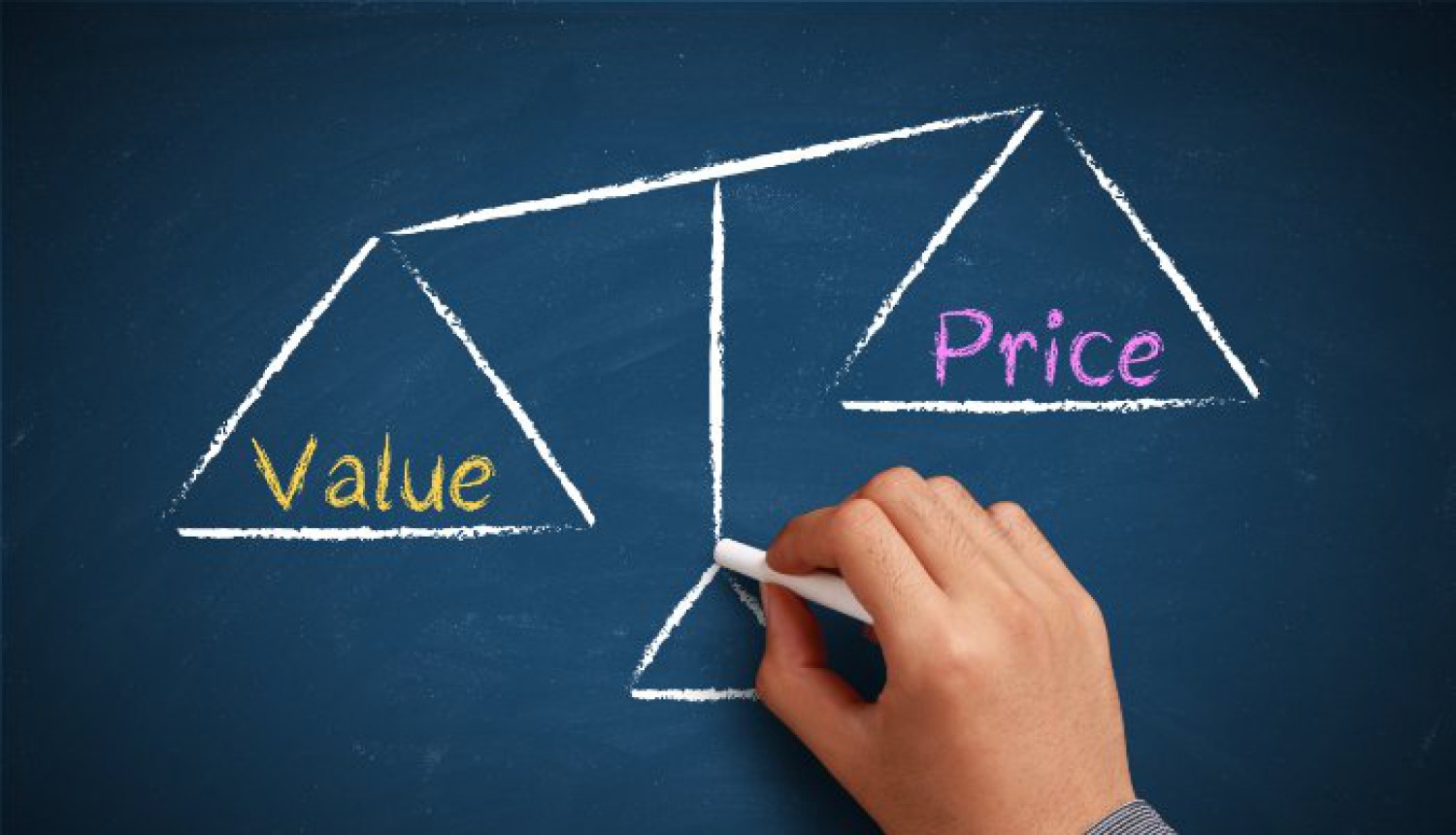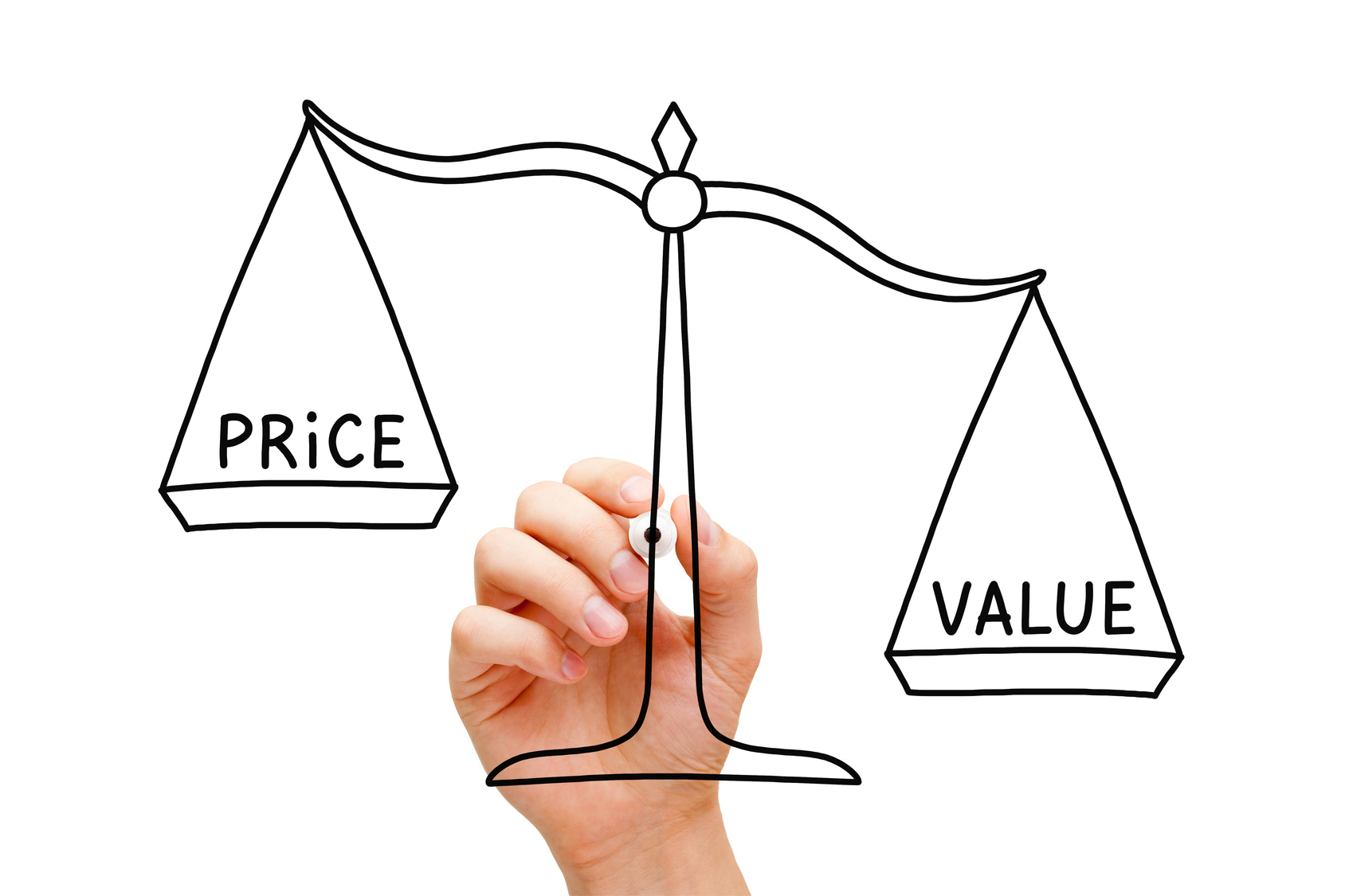Many industrial firms are starting to realize that price is the only thing that can make them more moneythan anything else.
When faced with tough competition and unpredictable raw-material costs, businesses tend to use a variety of tried-and-true methods to deal with the situation, such as cutting costs and trying to improve procurement.
But companies that think ahead see better chances of realizing the power of value based pricing B2B. The question is whether this will help the most.
Price hikes are making people worry about how much the industry depends on cost-plus pricing. Some industrial companies think that they will no longer be able to stay in businessif they price their products and services based on how much they cost.
So, businesses are now thinking about when and how tochange their pricing methods and how to switch to value based pricing B2B based on what customers are willing to pay. How will they make this work?
What Is Value Based Pricing B2B?
Valued-based pricing, also called customer-based pricing, is a way for businesses to charge customers what they think they are willing to pay for a product or service.
Companies that use value pricing decide how much to charge for a product or service based on how much their customers think it is worth, rather than how much it costs to make it.
Not every businesscan use the value pricing strategy. Businesses usually use value-based pricing in markets where prices are very important or where there is a lot of competition, or when they are selling add-ons to other products.
Companies that have products and features that are unique or very valuable are better able to use the value pricing model. Some industries that use pricing models based on value are:
- Fashion
- SaaS
- Cosmetics
- Technology
A cost-plus pricing model is not the same as a value-based pricing model. With cost-plus pricing, the price is based on the cost of goods sold plus a certain percentage markup. There are also a number of other ways to price something.
Benefits Of A Value Based Pricing B2B Strategy

Why Value Based Pricing Is The Best Pricing Strategy
Value-based pricing has the potential to bring in a lot of money, depending on how much it is used and how well it is put into place (from price setting to administration).
For offerings that give buyers a lot of tangible value beyond the cost of the offering, the possible effects on revenue and profit can be important.
Second, this method is based on the idea that prices go up when the value goes up. Value-based pricing means that people who use it make it a point to raise prices as they improve their products or services to give buyers more value.
Even if costs or prices in the market don't change, they still do this,
And because value-based pricing assumes an ongoing conversation with customers about their needs and the tangible and intangible value of meeting those needs, it drives the continuous development of customer-focused products that often meet higher-value needs (and ideally deserve a higher price).
Effective value-based pricing is based on needs-based market segmentation since markets can often be split up by customers' different needs (e.g. those who seek basic offerings vs. those seeking all the bells and whistles).
Needs-based segmentation also makes it possible to create product configurations and messages that are better suited to the needs of each segment and that reach the key buyers in each segment.
Downsides Of Value Pricing
Value-based pricing does have some good points. But it also has some bad things about it. Here are a few things that could go wrong if your small business used value-based pricing:
- Setting a price is harder than with other strategies
- Requires more time and resources
- Lower markups
- Not 100% reliable
- Changes caused by things like culture, economy, and technology
Before you decide to use value-based pricing at your business, do your research and weigh the pros and cons.
3 Ways To Set Your Value Based Pricing B2B
To set a final selling price based on value, you have to take a few extra steps. Even though some pricing strategies, like cost-plus, are pretty simple, there are still things to think about when coming up with the final price.
Analyze Your Customers
Because your price point will depend only on what your customers are willing to pay, you'll need to be sure of what that price point is.
One way to get to this number is to talk to your current customers who are already familiar with your products and services to find out how much they would pay for your product now that they know how valuable it is.
Remember that this pricing method should be based almost entirely on how much your customers think your product or service is worth. Use these to get in touch with customers and find out what price they would be willing to pay for your product.
Analyze Your Total Addressable Market
Customer data is important for setting a price point, but it's a biased sample because people who have already bought your product have shown they're willing to buy it.
Do market research on your total addressable market to find out how everyone you're trying to sell to values your product and how much they'd be willing to pay for it. This will help you find the right price point for getting new customers.
Conduct A Competitive Analysis
If your product is new to the market and you don't have the money for professional market research, look at what your competitors are selling and how similar your product is to what they're selling.
Putting your product in the same price range as the competition is a good way to see how much your target market values it. If your sales are lower than expected, it could be because your competitors have stronger brand loyalty. This could force you to use a pricing model that is based on your competitors.
More Pricing Strategies Options

Pricing Strategies: Value-Based Pricing (#03)
As a business owner, you don't have to choose just one way to set prices. There are a lot of other things you could do. You can also use the following pricing strategies in your small business:
- Cost-plus pricing
- Competitive pricing
- High-low pricing
- Bundle pricing
- Combination of pricing strategies
Before making a choice, you should do research on the different pricing strategies, just like you would for anything else in the business.
Before you use a pricing strategy or a mix of pricing strategies, you should think about the pros and cons of each one and decide which one will work best for your business.
Succesful Value Based Pricing B2B Examples
Pricing based on value is often used in a few different situations. Here are some common value-based products and the economic rules that determine how much they cost.
Housing
When the need for a product is so high that a lower price would have little to no effect on unit sales, this is called "inelastic demand." One place to see this is in the housing market.
As of Q2 2021, the real estate market is a "seller's market," meaning that buyers are willing to pay thousands of dollars more than the asking price for a home.
Even though the housing market might switch back and forth between a buyer's market and a seller's market several times, the truth is that even as the demand for housing rises, a lower price wouldn't help sell most houses much or at all.
So, buyers need to think about how much they think the house they want to buy is worth. Does it deserve a few thousand dollars more? Even if the answer is "no," another buyer is eager to say "yes" to the address.
Milk
Markets that are very competitive and sensitive to prices tend to settle at the price that customers are willing to pay. If you charge too much, buyers who want a good deal might decide not to buy.
When you go to a grocery store, you'll see that milk is a clear example of this. Even though there are different brands of milk in the cooler, they all cost about the same.
In this case, the value of the milk is based on the third truth we talked about earlier: the prices of competitors can affect how valuable a product is seen to be by consumers.
For lower-priced products, value-based pricing is similar to competition-based pricing, and for higher-priced products, it has a lot in common with prestige pricing.
Hermès Birkin Bag
Brands use higher-than-usual markups to show that their products are exclusive and high-end. Hermès, a well-known company that makes high-end handbags by hand, shows us how exclusive its products are.
The bags are sold online for tens of thousands of dollars, but it is almost impossible to buy one from the company that makes them.
Because the people who make Birkin bags have to go through a lot of training, the demand is much higher than the supply. This means that buyers put a very high value on the bags, which consignment shops like BagHunter take into account when setting their prices.
Swiffer
Selling things that go with or add to other products can make them work better. In some cases, they are the only way to make the original product work. Swiffer sweeper mops are a great example of pricing that is based on what the product does for the customer.
When you buy a Swiffer Sweeper for the first time, it comes with a handle and a few pads. But you'll have to buy more sweeper pads when you run out. When you get to the store and find that other brands of sweeper pads don't fit your Swiffer Sweeper, value-based pricing comes into play.
Then, you give more value to the extra pads that keep your sweeper running. After all, when you bought the handle, you already chose the Swiffer brand.
5 Reasons Value Based Price B2B Fails
Good intentions don't mean that things will turn out well. And it's not a sure thing that value-based pricing will work. Even though many projects have been very successful, some have had a lot more trouble than expected. And some projects have even failed.
When value-based pricing plans fail, it's usually because of one or more of these easy-to-fix problems:
- No customer research: Relying on internal opinions and guesses about what prospects and customers really value and why.
- No Competitive Analysis: Not figuring out how the alternatives really compare from an objective and useful point of view.
- Shallow Value-Drivers: Using only the most obvious value drivers or only focusing on value drivers that have to do with the product.
- Weak Value Messaging: Counting on the numbers to tell the story instead of coming up with compelling messages about the differences in value.
- Lack of Sales Support: Not including and involving the sales team in the process and "selling" them on the value case.
Value-based pricing projects tend to fail when the teams involved haven't really done their homework. For value-based pricing to work, it's not enough to just sit in a conference room and put numbers and formulas into a spreadsheet.
After all, value-based pricing isn't really about the numbers themselves. Instead, it's about what those numbers say about the customer and the competition.
People Also Ask
Which Pricing Strategy Is Used In B2B Marketing?
Value-Based Pricing, Cost-Plus Pricing, and Competitor-Based Pricing are three common ways to set prices for B2B sales. Value-Based Pricing is the best way to set prices for a B2B business because it makes you look at your customers to figure out the best prices for your business.
What Is Value-based Pricing In B2B?
With value-based pricing, the price of an offering is based on what buyers value, not on what it costs or what other similar offerings cost.
The approach calls for product managers and others in charge of pricing to talk to customers about their needs and how important it is to them that those needs are met, especially with your product.
What Is An Example Of Value-based Pricing?
Say that Company A, a coffee shop, charges twice as much as Company B for a cup of coffee. People are willing to pay more for coffee from Company A, even though their prices are double what others charge for similar goods.
Conclusion
Getting value-based pricing B2B right depends on a number of factors. Three of these are especially important: figuring out how the market affects perceived value, finding out how much value your customers put on the products you sell, and figuring out how your competitors play a role in your value-based pricing B2B strategy.
This kind of pricing won't work for every business, but it can be a smart way to break into a new market, make more money, and improve the way people think of your brand.
You can also figure out if value-based pricing is right for your business by running sales projections based on different price points to see how much money you think you will make.

